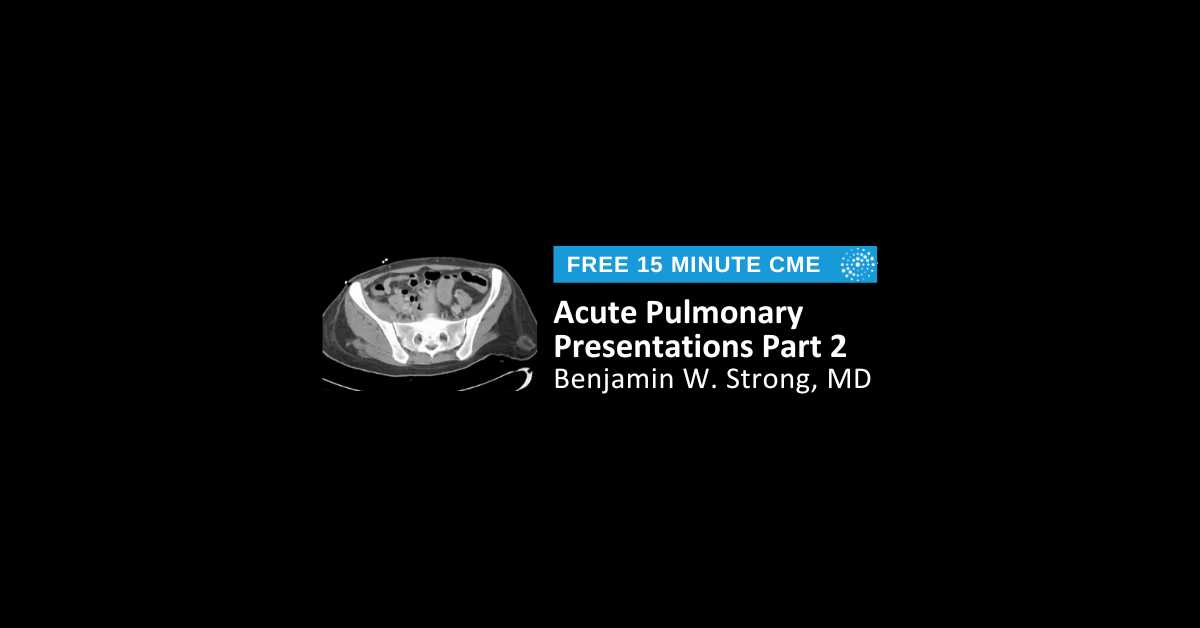-2.png?width=1200&height=628&name=CME_Header_1200x628%20(7)-2.png)
Acute Bowel Presentations: Obstruction and Hernia
0.25 AMA PRA Category 1 Credit™
Cost: Free
Expires: 12/31/2027
Course Overview
A collection of instructive cases of acute intestinal presentations, specifically focused on bowel obstruction and hernias.
Learning Objectives
1. Identify CT findings of various acute bowel presentations.
2. List the findings characteristic of specific bowel pathologies.
3. Synthesize findings into a unified diagnosis of acute bowel pathology.










.jpg?width=1024&height=576&name=vRad-High-Quality-Patient-Care-1024x576%20(1).jpg)







%20(2).jpg?width=1008&height=755&name=Copy%20of%20Mega%20Nav%20Images%202025%20(1008%20x%20755%20px)%20(2).jpg)




-3.png?width=1200&height=628&name=CME_Header_1200x628%20(6)-3.png)

-3.png?width=1200&height=628&name=CME_Header_1200x628%20(5)-3.png)

-4.png?width=1200&height=628&name=CME_Header_1200x628%20(4)-4.png)

-2.png?width=1200&height=628&name=CME_Header_1200x628%20(3)-2.png)

-4.png?width=1200&height=628&name=CME_Header_1200x628%20(2)-4.png)

-Feb-13-2024-08-40-40-3472-PM.png?width=1200&height=628&name=CME_Header_1200x628%20(1)-Feb-13-2024-08-40-40-3472-PM.png)



-4.png?width=1200&height=628&name=CME_Header_1200x628%20(1)-4.png)


